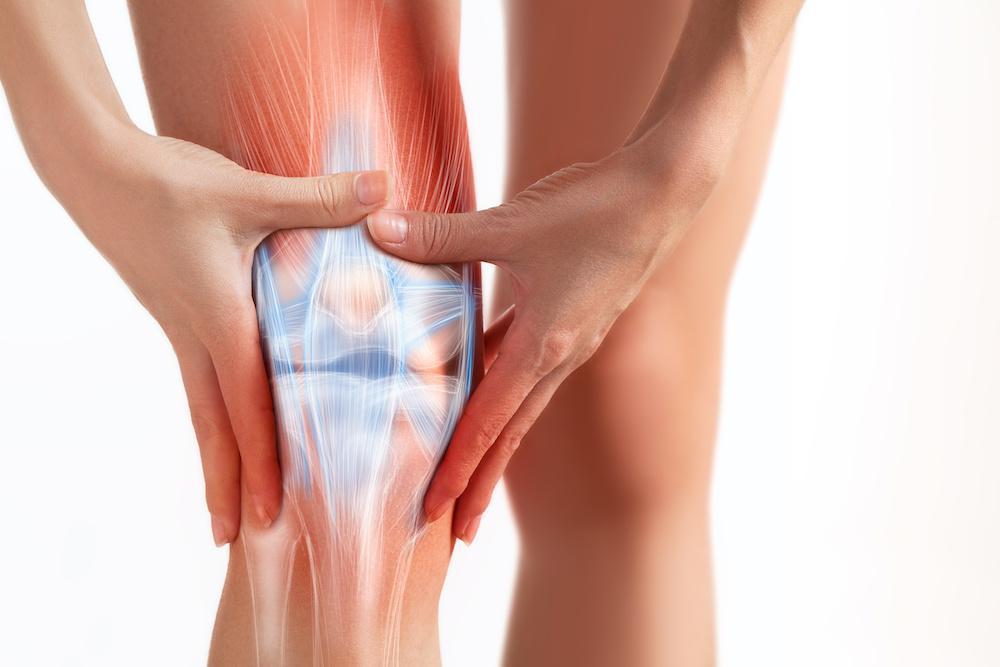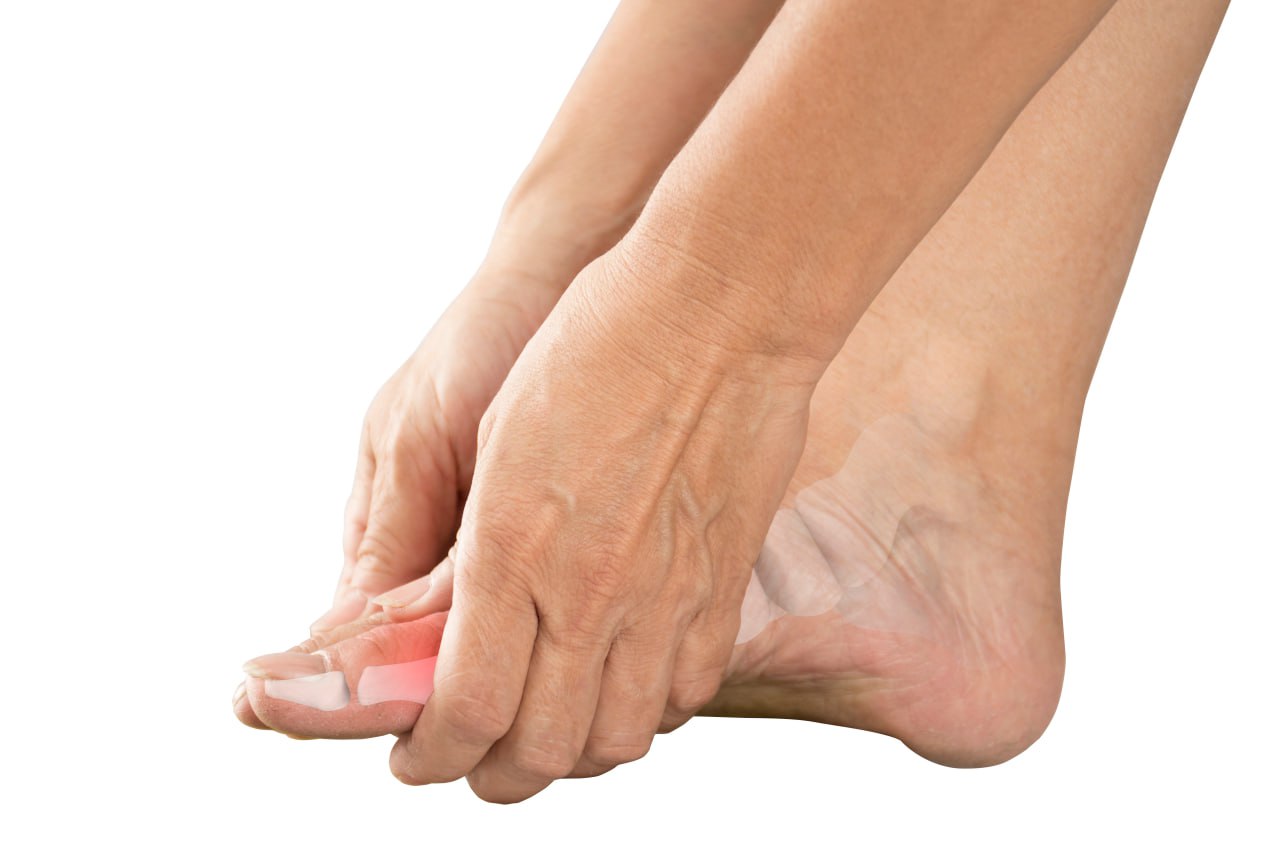Hand and wrist pain can impact day-to-day activities and make it hard to complete necessary tasks. It may be challenging to grip or lift objects, write, type on a computer, or even perform simple everyday tasks like brushing your teeth. Even the most mundane activities, such as turning a doorknob, can seem impossible if you suffer from hand and wrist pain.
Fortunately, there are treatments and lifestyle modifications that can help to manage the pain. However, it is essential to identify what is causing the pain to find the best treatment solution. As such, a proper diagnosis is necessary.
Where In The Hand And Wrist Does It Hurt?
The hand and wrist consist of bones, ligaments, muscles, tendons, blood vessels, and nerves. Pain can develop from any of these structures as a result of an injury or an underlying medical condition. Common locations for pain include the thumb, index finger, and middle finger knuckles, and the palm side of the wrist. Additionally, conditions like carpal tunnel syndrome may cause pain, numbness, and tingling in the fingers, thumb, or palm.
It is important to note that pain may also be caused by an unrelated condition, such as arthritis or gout. So, it is vital to be aware of any other symptoms you may be experiencing to get the most accurate diagnosis.
Conditions Associated With Pain In Wrist And Hand
Many conditions can cause pain in the hand and wrist. The following conditions are some of the most common:
Carpal Tunnel Syndrome
Carpal tunnel syndrome (CTS) is when the median nerve, which supplies feeling and movement to parts of the hand, becomes compressed in the wrist. Symptoms may include tingling, numbness, pain, and decreased grip strength in your hand and fingers. CTS can be caused by repetitive motions, such as typing or writing, for extended periods of time.
Arthritis
Arthritis occurs when the joints become inflamed, thereby causing pain and stiffness. The two most common types are rheumatoid arthritis (RA) and osteoarthritis (OA). RA is caused by the body’s own immune system attacking its joint tissues, while OA is caused by wear and tear on the body’s joints over time. Both types of arthritis can cause swelling, pain, and decreased hand and wrist mobility.
Tendonitis
Tendonitis develops when the tendons become inflamed and irritated. It can be caused by long-term repetitive motions, such as playing an instrument or typing. Tendonitis symptoms can include pain, swelling, and stiffness in the hand and wrist.
Gout
Gout is a form of arthritis caused by uric acid buildup that’s caused by the body’s inability to metabolize uric acid properly. It can cause sudden and severe pain in the joints, including those of the hand and wrist. Other symptoms may include redness, swelling, and stiffness in the affected joint.
Injuries
Injuries such as sprains or fractures, can also cause pain in the hand and wrist. Pain may be accompanied by swelling, bruising, and decreased mobility of the affected area. Such injuries can be caused by various activities, such as playing sports or using home tools.
Nerve Entrapment
Nerve entrapment is a condition in which one of the nerves in the hand and wrist becomes pinched, compressed, or otherwise trapped. This can cause pain, numbness, tingling, or weakness throughout the affected area. It can be caused by inflammation due to an injury or illness, as well as by repetitive motions.
Ganglion Cyst
A ganglion cyst is a fluid-filled sac. It can develop on or near one of the joints in the hand and wrist. Repetitive motions, overuse injuries, trauma to the affected joint, or underlying conditions such as arthritis can cause a ganglion cyst. It may cause pain, swelling, weakness, or numbness in the affected area. A ganglion cyst is usually harmless and does not require treatment beyond observation unless it’s causing pain or disrupting your daily activities.
Stenosing Tenosynovitis
Stenosing tenosynovitis, a condition also referred to as “trigger finger,” occurs when one of the fingers becomes stuck in a bent position due to inflammation of the flexor tendon. The affected finger may be difficult to straighten out and may cause pain when attempting to move it; movement may also produce a popping or clicking sound. Stenosing tenosynovitis is often caused by overuse of the affected finger. However, it can also be caused by underlying conditions such as diabetes or arthritis.
When To Seek Medical Attention
Hand pain doesn’t always require treatment, especially if it’s mild and it goes away after a short period of time. However, if you experience any of the following symptoms for an extended time or it’s affecting your daily activities, it’s essential to seek medical attention. These signs and symptoms include:
- Numbness and tingling
- Weakness
- Inability to hold objects
- Inability to move the wrist
Diagnosing Hands And Wrist Pain
To correctly diagnose your hand and wrist pain, your doctor will request information about your symptoms and medical history. They will also perform a physical exam to look for any signs of swelling or discoloration in the affected area. Other tests, such as MRI scans, X-rays, or nerve conduction studies, may be used to further diagnose the condition.
Conventional Medical Treatments For Pain In Hands And Wrists
Depending on the diagnosis, a traditional doctor is likely going to prescribe one or more of the following conventional treatments to help address your hand or wrist pain:
Rest
Rest is one of the most important treatments for hand or wrist pain. Avoiding activities that aggravate your condition, such as typing or playing a musical instrument, can help reduce irritation and inflammation in the affected area and help prevent further injury.
Medication
A conventional doctor may prescribe either over-the-counter (OTC) or prescription medications to try to reduce inflammation and pain. Medications that are often prescribed for this purpose include nonsteroidal anti-inflammatory drugs (NSAIDs) like ibuprofen, as well as corticosteroids to help reduce inflammation. However, keep in mind that certain medications may have side effects, and they won’t heal your condition – they will only help provide temporary relief from the symptoms.
Splints And Braces
If your hand or wrist pain is caused by overuse or strain, a splint or brace can provide support and help reduce stress on the affected area. These devices are also helpful for preventing further injury and alleviating pain.
Physical Therapy
Physical therapy may be prescribed to help strengthen the muscles and tendons in the hand and wrist. Doing so can help improve your range of motion, reduce inflammation, and ultimately ease pain.
Steroid Injections
In some cases, your doctor may recommend a steroid injection to reduce inflammation and pain. However, remember that this type of treatment should only be used as a last resort and is not suitable for everyone. Like the use of medications, steroid injections can result in side effects. Additionally, they are not a cure-all and may only provide temporary relief.
TENS Unit
A Transcutaneous Electrical Nerve Stimulation (TENS) unit is a device that uses small electrical currents to stimulate the nerves in the affected area and help reduce pain. It does this by blocking the pain signals from reaching your brain and providing a massaging effect. TENS therapy is non-invasive and can provide temporary relief; however, because the pulse rate is so low (up to 400 pulses per second), TENS units aren’t appropriate for providing long-term relief from chronic conditions.
How Neuragenex NFPM Helps Patients With Hand And Wrist Pain
Our protocol involves a whole-person, Neuragenex Neurofunctional Pain Management approach to treating hand and wrist pain. Such an approach involves identifying the root causes of pain and dysfunction, as well as treating the associated symptoms to help provide long-term relief. We only use treatment modalities that are proven safe and effective and that are drug-free, non-invasive, non-surgical, and non-chiropractic. These modalities include the following:
Electroanalgesia
Electroanalgesia is a pain management technique that uses high-pulse electrical current to ease pain, boost blood circulation, improve mobility, and induce...
IV Therapy
IV nutritional therapy, or intravenous therapy, involves administering vital nutrients directly to the bloodstream through an IV. This type of treatment bypasses the digestive system, allowing for maximum absorption and utilization of nutrients by the...
Lifestyle Counseling
Lifestyle counseling is an approach to managing chronic pain that involves identifying, assessing, and modifying lifestyle factors contributing to an individual's pain. For example, lifestyle factors such as nutrition, physical activity, stress, sleep quality...
Conditions We Treat With Neuragenex Neurofunctional Pain Management
Our protocol utilizes Neuragenex Neurofunctional Pain Management to treat a variety of conditions, including the following:

Knee Pain Treatment
Are you suffering from chronic knee pain? We offer a non-invasive, non-chiropractic solution for reducing and controlling knee pain. Our drug-free treatments are designed to improve joint function, reduce inflammation, and provide long-term pain relief...

Gout Pain Treatment
Gout is a painful condition that can cause severe joint inflammation and swelling. It can lead to chronic pain and mobility issues that can have an enormous impact on your quality of life. Fortunately, the Neuragenex Neurofunctional Pain Management protocol...

Joint Pain Treatment
Joint pain can be debilitating for many people, making even simple daily tasks difficult. Neuragenex Neurofunctional Pain Management is a non-surgical and drug-free treatment that can help stop joint pain and restore mobility. Neuragenex NFPM helps to reduce...
Manage Hand And Wrist Pain With Ease
We believe in creating whole-person health plans to help our patients find relief from hand and wrist pain. The Neuragenex Neurofunctional Pain Management approach is unique in that it identifies the underlying root causes of pain and dysfunction rather than simply treating symptoms. Our patients can find relief from hand and wrist pain without needing medications or surgery through our drug-free, non-invasive treatments such as electroanalgesia, specialized IV therapy, and lifestyle counseling. With Neuragenex NFPM , you can manage your hand and wrist pain with ease – allowing you to live a more active life.
Chronic hand and wrist pain from carpal tunnel syndrome can be managed. Learn how Neuragenex NFPM treats carpal tunnel syndrome.




